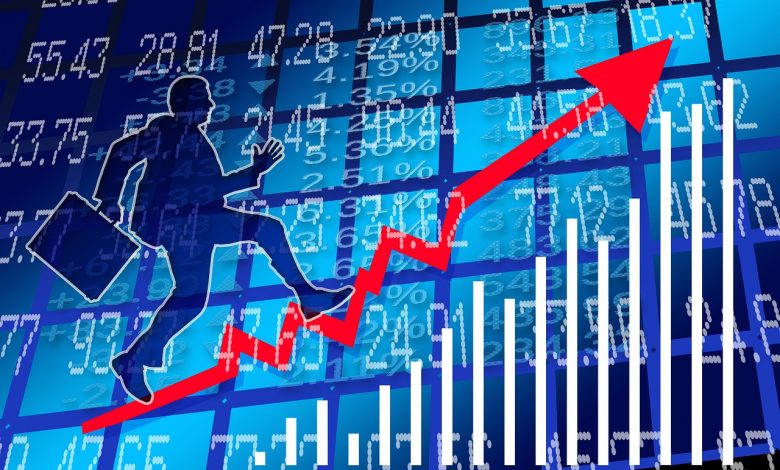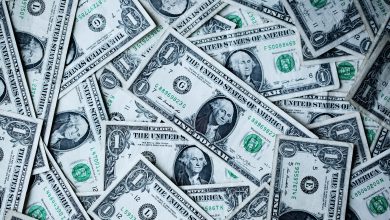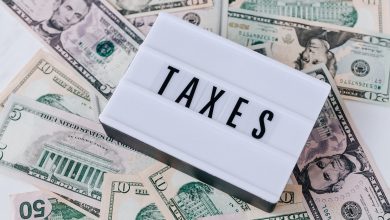The Stock Buyback Hype

Stock buybacks have been in the news frequently in the last few years. Some say they are responsible for markets’ new all-time highs, pointing to the fact that buybacks are increasingly occurring in record numbers. Others cite them as a harbinger of healthy company growth. So what exactly is a stock buyback, how does it work, and what are the effects?
What Is a Stock Buyback?
A stock buyback is exactly what it sounds like – where a company buys back its own stock from the shareholders it sold it to. It can work in one of two ways, either with something called a tender offer, or as a standard stock purchase on the open market. With a tender offer, shareholders receive a request from the company to purchase their shares at a certain price. Shareholders can either accept the request, refuse it, or respond with how many shares they are willing to part with at what cost. Tender offers give shareholders more influence versus open market buybacks that do not require investor input. When buybacks are conducted on the open market, as many are today, the company simply purchases shares through a broker or exchange, like any other stock transaction.
Risk Versus Reward
Stock buybacks have positives as well as significant risks. Essentially illegal until 1982, they were considered market manipulation for most of the 20th century. Whereas stock repurchases totaled around 50 billion in the early 2000s, they’re slated to hit almost 1.1 trillion this year. So what’s the purpose of a buyback, and what’s changed? In an ideal situation, because buying stock does the same thing for the company that it does for any shareholder (increases their ownership share), buying back stock implies that the company is doing well, envisioning positive growth and choosing to reinvest its capital in itself. Buybacks can also reabsorb extra shares if too many shares have been issued, which makes each existing share increase in value. Additionally, when a company reduces the number of shares on the market, that also means something called its “earnings per share,” or EPS, goes up. In a healthy market, a higher EPS translates to increased dividends – another bonus for long term investors. However, there is a reason that buyback programs have repeatedly been called into question. Buybacks are most effective when shares are purchased at a low price. Buying high, as many often are, can actually cause value for investors to decline, meanwhile overall studies have shown that positive effects of buybacks are generally not sustained. Buybacks also essentially provide artificial demand for a stock, lifting the price without real growth – as if you were a shop owner buying products from yourself. In this instance, your balance sheet would show sales, but they wouldn’t be organic. Now also imagine that you choose to give yourself a bonus because you sold so many products – and you have an analogy that illustrates how much of today’s stock-price-based CEO incentive pay works.
Incentives and Debt
When executives are largely rewarded based on stock valuations, the inclination shifts away from using buybacks as a tool to serve investors, and CEOs and others can take home large sums while simultaneously saddling investors with the risks of their decisions. Short-term investors can make money from the temporary increase in the stock price. Long-term investors, however, bear the brunt of imprudent stock buybacks, particularly when funded with debt. While in the past most repurchase programs were paid for with cash, many today are backed by cheap debt – via loans taken out at the rock-bottom rates offered after the financial crisis. This means that in addition to inflating the stock price, companies that don’t make enough to support the loans – for example, if earnings fall or interest rates rise – can see a downgrade in their credit rating, or worse, that quickly sends their high-flying stock tumbling back to reality.

Food for Thought
The concept of “maximizing shareholder value” has been touted time and time again as stock prices increase alongside repurchase programs. Done for the right reasons, stock buybacks can potentially serve investors. However, haphazardly implemented buyback programs, while they may benefit short-term traders, can be dangerous for long-term investors, particularly such as those who might be shortly planning to retire. While the Securities and Exchange Commission no longer considers them stock manipulation, economists have raised concerns about the increasing amount of stock buybacks, and legislation has been recently introduced in Congress that would limit them, either by raising taxes on the gains made from them or requiring companies to invest in their workforce first. Whether or not buybacks are responsible for markets’ continuous record highs, their influence in markets and on investors should not be ignored.



